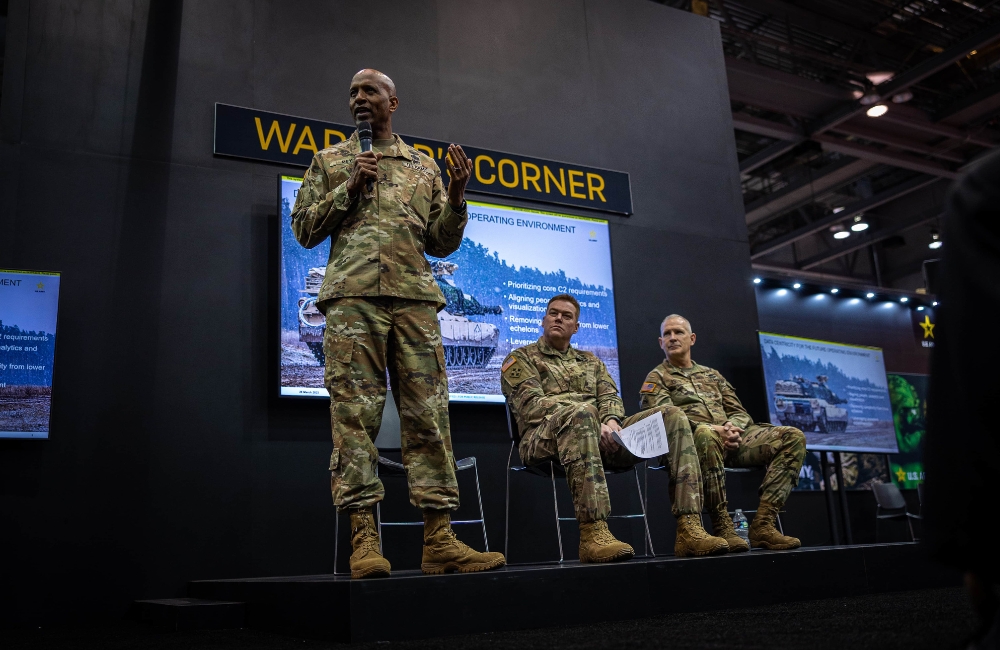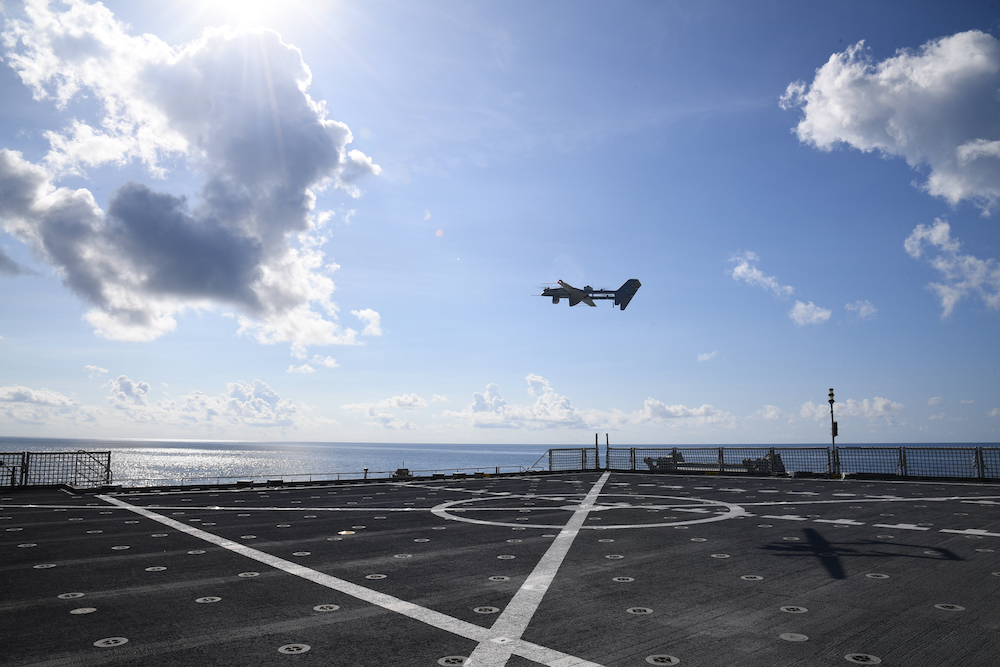Army Shakes Up Project Management Offices to Deliver a Unified Network
U.S. Army is in the midst of a significant restructuring of its program executive offices as it’s working on building a secure unified network.

Beginning Oct. 1, the U.S. Army’s defensive cyber operations, cyber platforms and systems program, cyber analytics and detection program and the technology applications office will move to the Program Executive Office for Intelligence, Electronic Warfare and Sensors (PEO IEW&S), placing offensive and defensive cyber under one umbrella for the first time.
This shift marks one of the Army’s most significant reorganizations of late by merging acquisition offices to transform how it conducts business.
The Program Executive Office for Command, Control, Communications-Tactical (PEO C3T), led by Maj. Gen. Anthony Potts, will take over the Integrated Enterprise Network portfolio, which includes the base emergency communications system program, the wideband enterprise satellite systems program, and the global enterprise network modernization program for both the United States as well as outside the continental U.S.
The network and cyber portfolios are currently managed by the Program Executive Office Enterprise Information Systems (PEO EIS), run by Ross Guckert.
“It made sense that they [programs] were separate. Technology now is allowing us to kind of converge those efforts… So now we’re looking at the enterprise and the tactical together,” Young Bang, principal deputy assistant secretary of the Army for acquisition, logistics and technology, said at U.S. Army Technical Exchange Meeting X in Philadelphia this week.
“We’re looking at other things beyond just the network. So when we had that discussion, and talked about ‘why do we have cyber separately? Why do we do defense and offense separately from a cyber perspective?’ When you look at those types of things, that is really kind of the genesis of why we started some of these shifts,” Bang added.
As it is actively working on integrating the network programs to meet the looming deadline, PEO C3T is yet to announce a new name.
The shake-up comes as the Army is looking for ways to accelerate its acquisition processes, which are known to be cumbersome, slow and costly.
“To be clear, it’s a wholesale transformation to agile…. No more waterfall. Take that out of your lexicon… It’s absolutely necessary if we’re going to adopt it and stay current and ultimately deliver faster capability, better capability to our soldiers and civilians,” Ross Guckert, U.S. Army program executive officer for Enterprise Information Systems, said.
The Army leaders emphasized there will be no layoffs and no one will be asked to physically relocate as the service undergoes the reorganization process.
To promote the agile framework, the Army is also establishing a Lean-Agile Center of Excellence (LACE) to support the adoption of Agile.
The service recently announced its plans to move away from its long-standing brigade-centric model and focus on divisions instead to achieve the Army of 2030.
“At the end of the day, the vision is really just an Army unified network that is secure and defended by a fully implemented zero trust architecture that enables multi-domain operations,” Col. Michael Smith, Zero Trust Functional Management Office director, told GovCIO Media & Research.
This is a carousel with manually rotating slides. Use Next and Previous buttons to navigate or jump to a slide with the slide dots
-

How TMF is Helping Agencies Accelerate Tech Modernization
The program launched a new AI pilot to expedite TMF applications as agency leaders urge more to consider applying for funds.
4m read -

Energy Researchers Aim For Holistic Approach to AI Issues
A new center at the Oak Ridge National Laboratory is looking at under-researched areas of AI to better understand how to secure it.
2m read -

Sea-Air-Space: Zero Trust is ‘The Best Approach’ For Military Cybersecurity
Marines Cyber Technology Officer Shery Thomas discusses identity management across networks and devices.
10m watch -

Navy Plans to Revolutionize How It Buys a New, AI-Enabled Unmanned Fleet
The AI-enabled cooperative combat aircraft program will focus more on sensors and systems than platforms, Navy leaders said.
4m read




